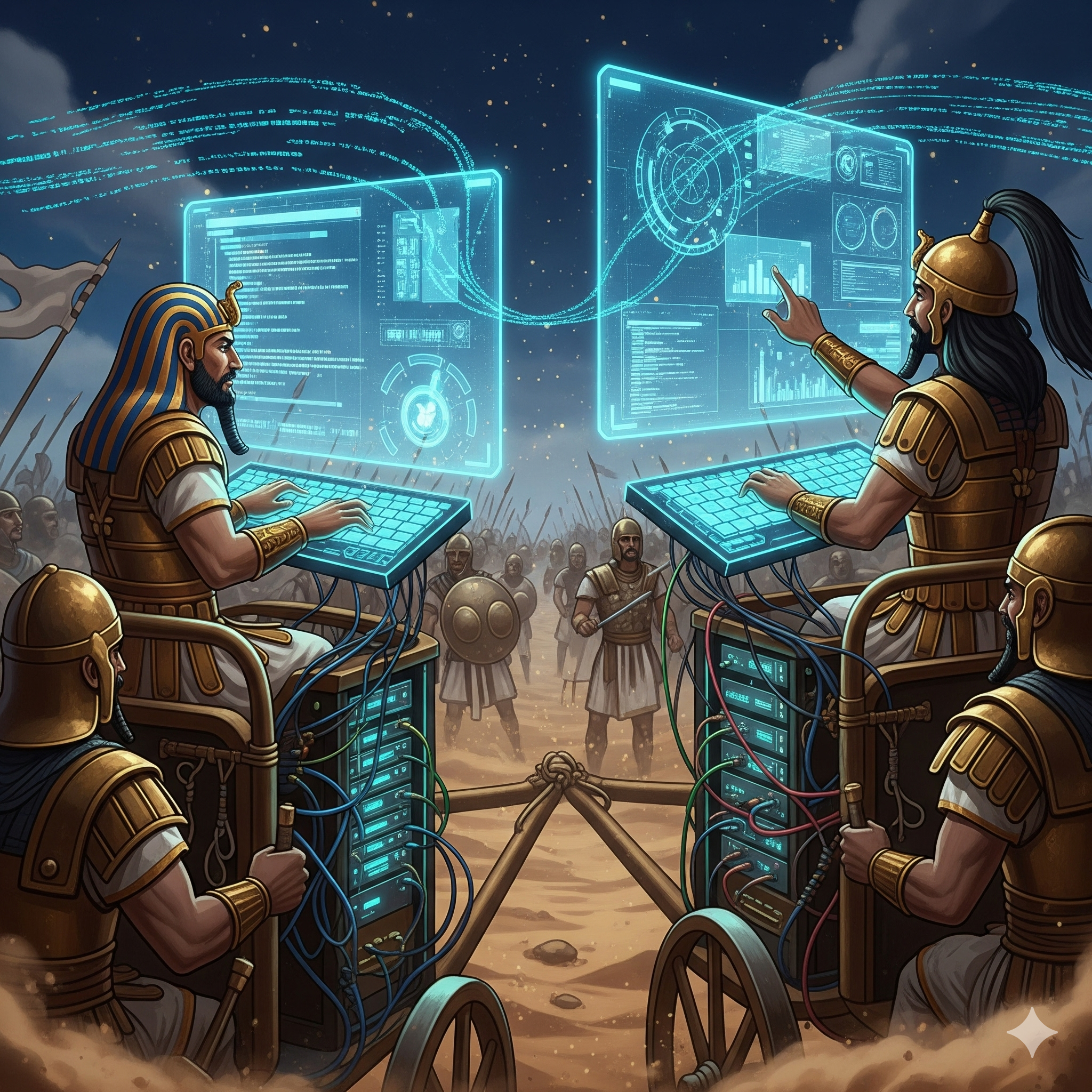Dust of Ages
Entrance to the Labyrinth
Here, above the gray bowl of the Göksu, rises a concrete NFT of the past — Silifke Fortress. The climb takes less time than pirating a TV show in 2008, yet the brain still manages to ask the architects and whatever gods are listening: “Why do we insist on preserving ruins if we only love them through filters?” The stone vaults echo back: “Because the bugs of history are always better than the patches.”
Past the Empires
3rd century BC — Diadoch Seleucus I fires the first construction “rocket” to control the Cilician Göksu valley.
7th century — Byzantines stretch the walls into the clouds, fending off Arab fleets.
12th–13th centuries — Armenian King Leo II hires the Knights Hospitaller; they add 23 towers and a dry moat — a premium medieval fortification upgrade.
2024 — Archaeologists unearth a Byzantine “anti-evil” tablet and burials packed with death-cult swag: a second-millennium blockchain conspiracy.
The limestone hill is a fossil reef; pour Coca-Cola on it and ancient sea-foam still hisses. Geology reminds us: our solid past rose out of soft mud.
Shards of Now
The fortress is stuck in eternal Early Access: towers swaddled in Ministry-of-Culture duct tape, a 3-D scanner poking out, a worker’s coffee cup sun-bleaching on a merlon. Visitors aren’t let inside. You can only study the walls from a respectful distance. The inner court is sealed off for the 13th dig season — and for regular séances with Frederick Barbarossa’s ghost, whose grave the archaeologists still can’t leave alone. Signs promise it will be “opened soon as a medieval-defense metaverse.”
Shadows on the Edge of Reason
Silifke Fortress is a perforated hard drive: every nation wrote its boot sector of power until the system flashed permission denied. The towers prove every imperial OS eventually goes open-source. Crusader ghosts haggle with Seleucid spirits over the price of voltage for lanterns — and both factions lose to geological time, which caps everything with a thin layer of dust: the universe’s thermal blanket.
How We Got Here
Route: From Silifke’s center, go/drive 1 km west along D-715; climb the serpentine up to the fortress (≈10 min on foot). GPS ~36.387 N, 33.934 E.
Status: Closed for more than a decade. Unless you’re on the dig team, you’ll have to admire it only from outside.
Pro tip: Bring water — no kiosks on the ridge, and the wind dries your mind faster than Telegram in bad roaming.
After rain: Limestone gets slick as linoleum in a vacuum; tread carefully on the slopes.
Echo in the Void
You sit beneath the crenellated wall, watch the sun melt the valley, and realize that everything we call eternity is just badly recycled construction debris. And still you want to keep this bug in the world’s code, because the scent of time seeps through the cracks: dust, decay, and a faint aftertaste of unfinished grandeur.
#VoiceOfRuins #DustOfAges #Silifke #SilifkeCastle #Göksu #Cilicia #CrusaderVibes #HistoryThatStaresThroughDust










Our Telegram-channel: Voice Of Ruins https://t.me/Voice_Of_Ruins
Our Instagram: Voice Of Ruins https://www.instagram.com/voiceofruins/
Our group on Facebook: Voice Of Ruins https://www.facebook.com/share/g/16aitn9utM/
Our site: Voice Of Ruins https://www.voiceofruins.org








Leave a Reply